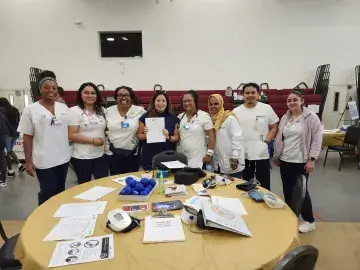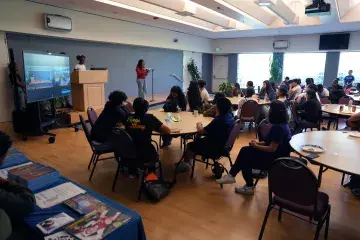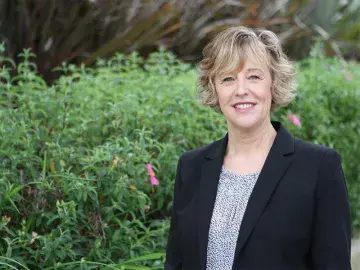SMU Engages High School Students to Address Opioid Crisis Through Innovative Simulation Education
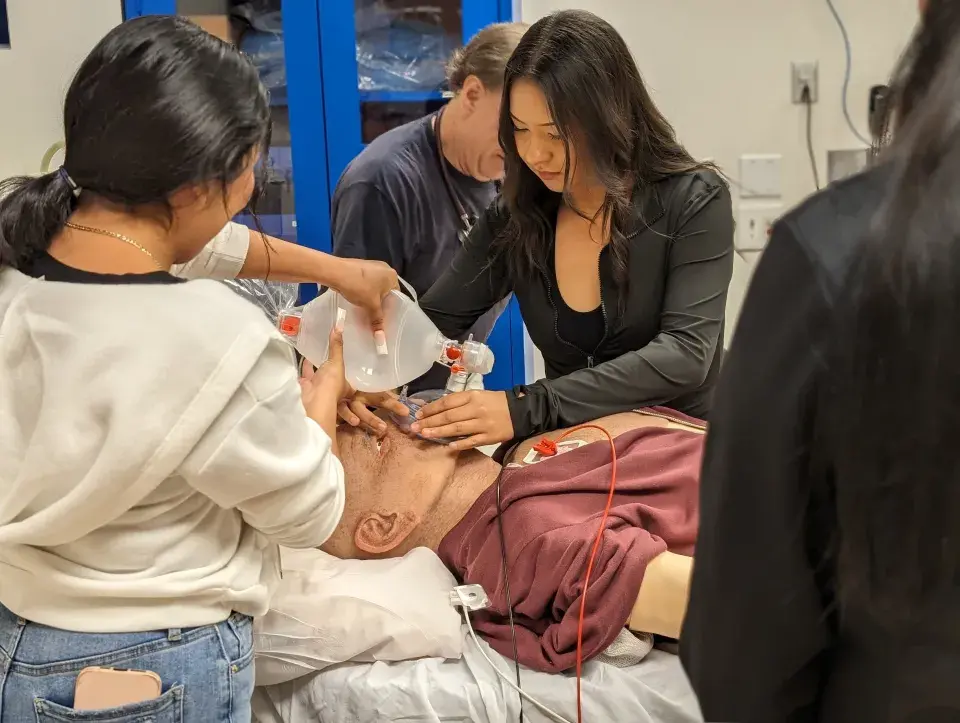
As an institution seeking to transform both healthcare and communities, Samuel Merritt University is always striving to provide relevant and cutting-edge education not only to our own health sciences students but the community at large. This month SMU’s Center for Community Engagement and Ethnic Health Institute hosted field trips for three Oakland Unified School District (OUSD) high schools and Soledad High School. High school students were invited into SMU's Health Sciences Simulation Center (HSSC), a innovative facility designed to mimic real hospital settings, as part of a series of activities aimed at fostering exploration of healthcare careers. Here, amidst the backdrop of meticulously recreated hospital rooms equipped with life-like manikins, the young scholars confronted a growing and pervasive public health crisis through hands-on simulation experiences.
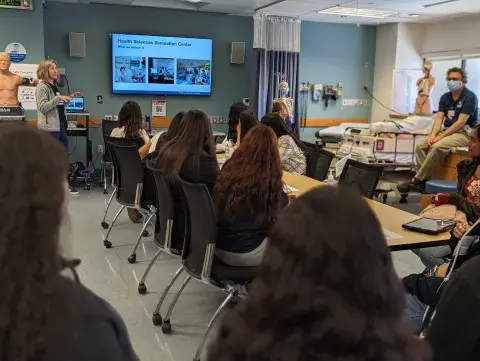
The HSSC activity immersed students in a true-to-life medical emergency scenario where they learned firsthand how healthcare workers respond to patients who have overdosed. The students were not just passive observers; they actively participated in ventilating the patient, monitoring the heart rate, securing medications from the mock hospital pharmacy, and recording vital signs.
“I got to experience what a nurse would do in the case of an overdose and actually act the part. I was nervous but it was really cool pumping the oxygen until they started to breathe again. It’s sad to know that stuff like this happens all the time in real life but at least now I have a better idea of what to expect if I ever get to be a nurse one day,” explained one high school student from Soledad High School.
But the high school students didn’t just get to see how healthcare workers would respond to an overdose. The program also tackled the opioid crisis from a bystander's perspective, empowering young people to play an active role in protecting themselves and others, a reality many of the students acknowledged felt relevant to their communities. The students learned about the dangers of fentanyl, how to recognize the signs of an overdose, who to call for help, and how to administer Narcan, a lifesaving antidote in opioid emergencies.
Rachel True, the Director of Operations at HSSC who played a pivotal role in designing the program, shared her thoughts on the urgent need for such education: “It is heartbreaking that as a nation we have failed to address the opioid crisis on a more systemic level and that this training is so relevant to high school students in our community. And yet I am very glad that we are able to empower young people to take life-saving action in emergency situations. Hopefully, they will be part of a future healthcare workforce that takes strong action against public health threats like this one and creates lasting change.”
Field trips for high school students are one component of SMU’s broader strategy to engage students from diverse backgrounds in healthcare career exploration. However, the goal extends beyond sparking enthusiasm for a future college degree. By coupling career education with engaging content around critical public health topics like opioid use, heart health, diabetes, and mental health, students leave with the confidence to not only pursue a healthcare career but also be health advocates and leaders in their own communities.
